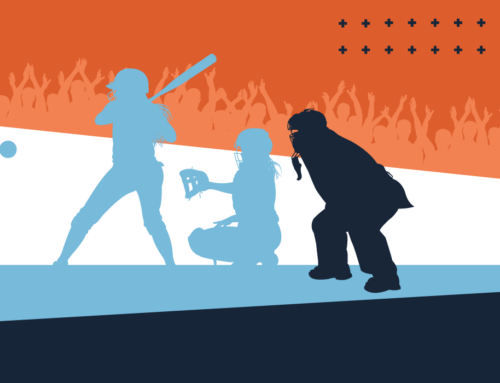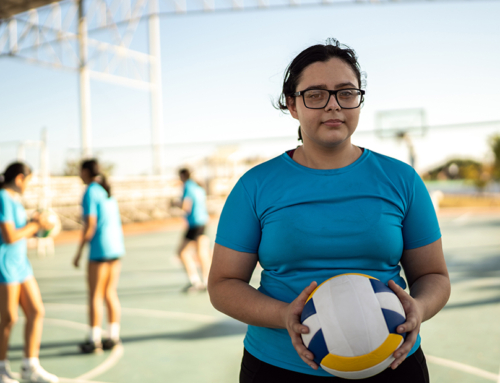Athletes push their bodies through a lot on the court or field, which means they’re prone to minor bumps and bruises. However, sometimes athletes suffer more serious injuries without realizing it, fail to seek treatment and let the injury get worse or aggravated over time. It’s important for all athletes to recognize and treat injuries as soon as they’re identified.
1. Fractures
Fractures are common in sports, particularly in the hands, feet and collarbones. According to the Sports Injury Clinic, they are likely to be easy to identify due to the noticeable pain they cause. Fractures are severe injuries in which a crack or split develops in a bone. They cause intense pain, redness and swelling. Stress fractures can be caused by repeated motions, such as in volleyball or tennis, and acute fractures can come from sudden trauma, like being tackled in football.
Athletes who suspect they have a fracture should seek immediate treatment in an urgent or emergency care clinic. They should get an X-ray to confirm the injury, and if a fracture is confirmed, they will likely receive a cast and be instructed to not use or aggravate the broken limb for four to eight weeks.
2. Shin Splints
Shin splints are common, particularly among track runners. They are an inflammation of the tendons, most commonly in the calf. They’re common among athletes who frequently run on hard surfaces for extended periods of time, and are a stress injury. Stressing the muscles around the tibia bone can cause inflammation, causing pain.
Shin splints typically heal on their own with a combination of rest, anti-inflammatory meds and alternating hot and cold treatments; but make sure to follow a proper treatment guide if you attempt to do this yourself. Athletes should visit a doctor if the pain does not subside within two or three days, because it may be a more serious condition.
3. Dislocated joint
Dislocations are common in sudden traumatic events like being tackled in football or soccer. Although they typically affect the hands and fingers, dislocations can also happen in the knees, hips, elbows and shoulders. A dislocated joint may produce a numb or tingly feeling, intense pain, swollen skin and visible deformity. Dislocations are serious injuries and should be treated immediately in an urgent care or emergency care facility. The dislocated joint will be forced back into place by a medical professional, who will possibly numb or sedate you before the procedure. The injury takes approximately 12 weeks to heal.
4. Sprains and strains
Sprained ligaments are a common injury caused by minor trauma, usually to the ankles or wrists. According to the Massachusetts General Hospital, they are a strain or tear of a ligament. Strains are a tear to the tendons or muscles. Sprains are typically a relatively minor injury, but a severe strain or sprain can result in a complete tear of a tendon or ligament. The injuries can be identified by mild pain, tenderness and the inability to put weight or pressure on the injured ligament or tendon. Treatment includes taking anti-inflammatories and resting the injured limb.
5. Knee injuries
Knee injuries are the most common sports injury, according to the Arkansas Surgical Hospital. They’re caused by stress to the joints, kneecap or muscles around the knee. Major injuries can cause permanent damage and take months to heal, possibly requiring multiple surgeries. Minor injuries can be treated with physical therapy and rest. Symptoms range from severe pain and inflammation to instability, and the inability to put pressure on the injured knee.
Most sports injuries get better with rest, but if an injury doesn’t appear to improve after a couple of days, athletes should consider seeking a professional opinion. Sports injuries that require treatment will get worse over time if they are not treated, leading to permanent damage.
Original article posted on stack.com
RELATED:



